Things got started on Wednesday. The team who were driving our tools and the planes to competition--Kramer, Andrew, and James--left at about 10, while those of us who were flying were not going to leave until Thursday. I was very impressed with their willingness to do this--there's no other way we could have gotten things where we needed them to be, and they stepped up to a task that they knew would mean a drive of around 30 hours each way over 8 states. Then, in the middle of the afternoon, we received the flight order, which is derived from our paper score. To put it simply, we didn't get the kind of score we were expecting. Last year, we were 36th out of about 80 teams with a report score average of 82. This year, we were 67th out of 82 with a field of largely similar teams. It wasn't an auspicious start--we knew our paper was better than last year's in terms of the content. This year the paper saw two more iterations than last year and review not just by Dr. Altman but by some former competition judges and past-year presidents of the club, and though we knew there were things we still could have improved, there wasn't enough wrong to drop the score by the amount 67th would require.
Anyway, on Thursday we flew out to Tucson. I'd been there once before with a school trip, and it was largely as I remember: hot but dry, and scenery that's pretty but kind of dead. We got in around 11:00 local time thanks to a four-hour layover in Denver, and as a result the first thing we did in Tucson was head to sleep. In the morning, we knew that we wouldn't see tech inspection for some time, so while some team members went to the competition site to stake out a spot, others (including me) went to the Boneyard and the Pima museum. Seeing the Boneyard was incredible, all the planes sitting out under the sun with their windows covered and their engines protected to keep them in flyable condition in case they're ever needed. The tour guides made clear the usefulness of this: many of the aircraft in the Boneyard, even the unflyable ones, represent the only source of spares parts or replacement aircraft for not just the USAF, but the air forces of some of our allies around the world. The resulting sight was really other-worldly.
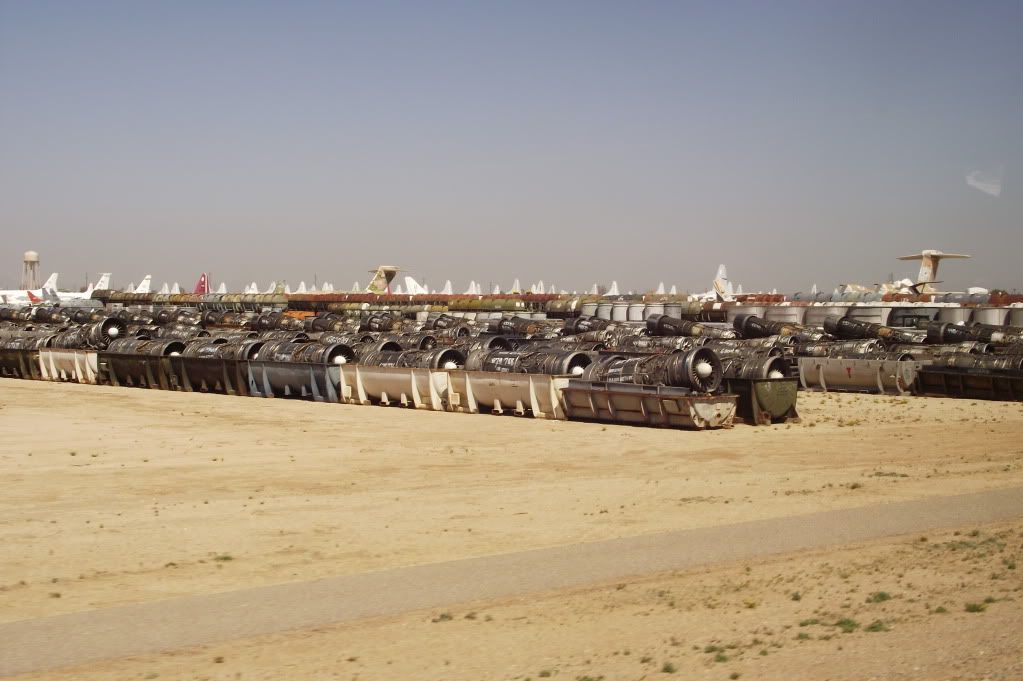 |
| Some engines being stored in canisters. Made me and several other Star Wars nerds think of the pod-racing scenes from Star Wars: A Phantom Menace. Again, very strange sights. |
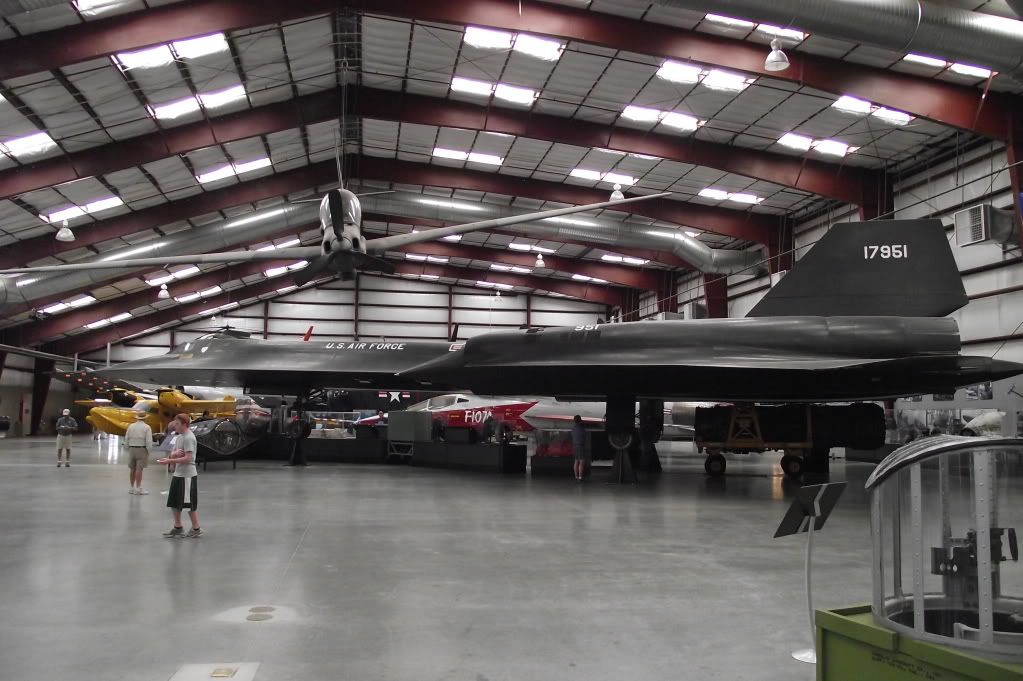 |
| The main hangars were better arranged and lit than the USAF Museum, and though the overall variety wasn't as great, there were some great one-off airplanes. |
It was nice to have a chance to walk around and talk to the other teams, though. Several people I'd met previously this year or last year were there, including the OSU DBF team (their first year, and they did pretty well with it) and Wyatt and the other USC team members, who shared a hotel with us last year and this year were a lot of help with issues I'm going to be talking about in a bit. Evening activities included a trip to a very good steakhouse, and heading to sleep early to catch up some from the time changes.
Saturday started off with us finally getting a chance to tech, as some other teams were preparing for their second or third flights. Things largely went well--except for the failsafe system. Competition rules require a system on the aircraft's receiver such that if the plane stops receiving instructions from the controller on the ground, it will automatically enter a death spiral. The organizers do this in the name of the safety of the crowd, but it's rather annoying for those teams that see it trip--it means a simple radio issue can send your plane crashing down in a way that may be basically unrecoverable. Failsafes are common in radio-controlled aircraft, but it's more normal to see them set to have the plane slow down to about 50% speed and hold the last command--stay turning, or continue to fly straight or whatever, partly for the same reason: some competition R/C planes can cost upwards of $1000, and pilots don't want to lose them because of radio issues. Thus, most modern receivers and transmitters are actually incapable of performing the particular failsafe required by competition. This included, as it turned out, our receiver--we couldn't get our rudder to deflect properly for the death spiral. Thus, in order to pass tech, we had to spend almost three hours messing around with our control system, and eventually switching to a totally different transmitter/receiver combination, which was lent to us by USC.
Finally, though, we did pass tech inspection, just as they were about to call our number in the flight order's second rotation. We didn't want to miss another chance, so we began packing up the plane, and hurrying to get to the other side of the judging section just as they called our number. Despite calling to them from only a few feet away, the judge proceeded to call no fewer than four more teams--skipping us for another cycle. Combined with the failsafe issue, tempers started to flare a bit. We managed one flight attempt later in the afternoon, on the next cycle, but a poor hand launch didn't give the plane the right velocity for flight, and it acquainted itself with the ground only a few feet away. Though undamaged and still largely ready-to-fly, the impact broke the propeller and repairs were not allowed, so we'd have to wait another cycle to get into the air. We spent the afternoon using a scale and some statics to verify our static thrust, confirming that it was a launch error and not an issue with the climate difference between Dayton and Tucson, then did some more work on the aerodynamics of flying disc-shaped objects. It looked like we might get one more chance to fly Saturday, but we lost out at the last minute. We'd be close to first Sunday, but...seeing two days down, and not a single successful flight brought morale down a lot, especially since we now had only three remaining flight attempts. To fly all three missions, everything had to go right.
By the end of the day, we were all pretty drained and worn down, but this was altered significantly when some friends of Dr. Altman's family invited us to their place up in the hills. The night sky was amazing--the stars and moon were incredibly clear, and the pool and hot tub were a nice change of pace from the heat. For me, the highlight was when we saw a bright object travel across the sky, from the south-west to the north-east. Dr. Altman said it looked like the trajectory for something in orbit, and Alex Hunton (one of the team's new members, and the guy who took so many of the pictures I've been using through here) wondered if it might be the ISS. I pulled up Heaven's Above on my Pre, and the ground track confirmed it; by complete chance, I'd finally seen what I've been trying for months to see, and the sky couldn't have been better for it. For me, this felt like a good sign for the rest of competition, and for the rest of the team, if the space station didn't do it, the excellent food and the pool helped settle some tempers and sooth frustrations.
Sunday felt a bit strange--because they started flights on Friday instead of Saturday morning, the competition was significantly ahead of previous years. Several teams had already completed all their flights, and others had crashed beyond recovery, so the tent felt oddly empty, and the flight rotation was moving through so quickly that the order began to basically fall apart by afternoon and teams were allowed to fly as soon as they were ready instead of waiting on a rotation. For us, though, the day started off very well--we got to the site right at the start, and moved directly into the assembly area to fly. Leslie Sollman once again assembled well within time, even with time to test the control surfaces, then after waiting behind a few other teams at the flight line, Josh took another try at hand-launching for competition. His throw was better, but it still took a demonstration of supreme skill and confidence on Chris' part to recover when the plane tumbled into a roll off the throw, ending up about 15 feet off the ground and rolled so much that one wing was pointed right at the ground. 4 laps and about 3 minutes later, Chris set the plane down in a perfect belly-landing, and we had a score on the board, moving us from 67th place to 43rd. Considering last year we never managed to get on the board, we counted this as a good start, and stopped for some team pictures.
 |
| Left to right: Josh, Cody, Dr. Altman, Me, Kramer, Leslie, James, and Alex Front Row: Andrew and Steven (the plane) |
 |
| No, Andrew, your other right. |
So, once again, we left the flight line without flying, bearing a plane almost completely flyable...except for one change that would take all of ten seconds to fix. However, this was around the time they switched to "come when you're ready" instead of a roster, and so we decided to take a breath, check the plane once more for any other issues, get good and ready, then go up for our fourth attempt. The videos of assembly and the flight for this one are actually posted, so I'll let them speak for themselves.
 |
| Leslie Going to Work |
 |
| Kramer's Hand Launch and the Flight |
It's getting to within a week of the end of school, and there's a lot of this kind of wrap-up going on. Classes, DBF, finalizing summer plans, and all kinds of other things. Still, if there's one thing I've learned, it's that as every challenge ends, there's always a new one waiting. Part of me can't wait for school to be over, part of me wishes it wouldn't end for another month, and part of me just can't wait for it to be next year already so we could do this all over again. Anyway, so that's the end of this for another year. More space posts to come as I have the time.
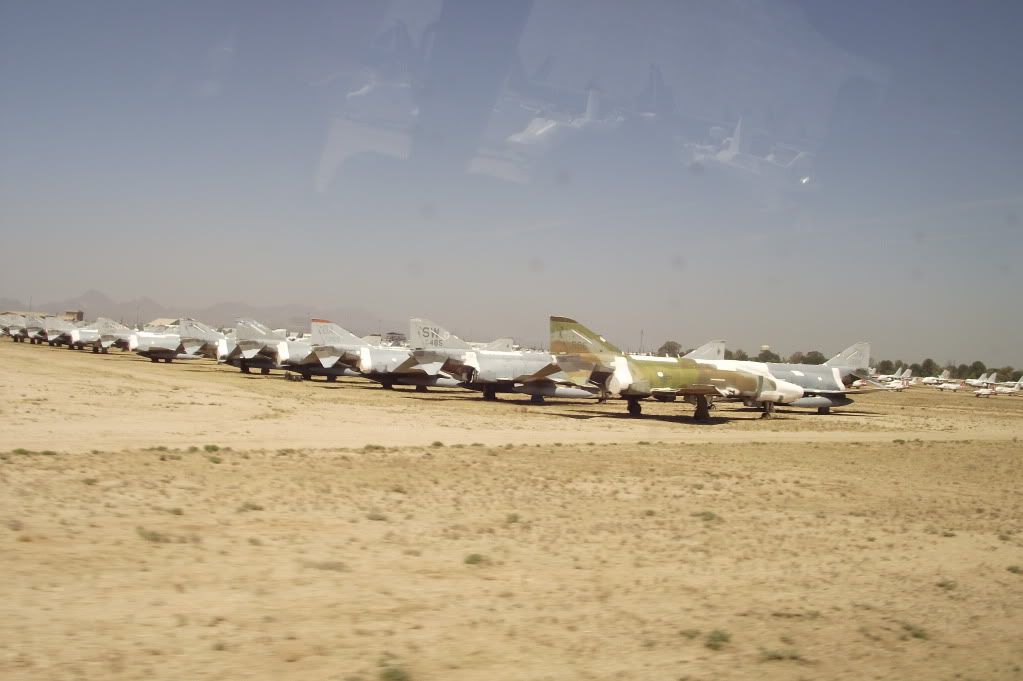

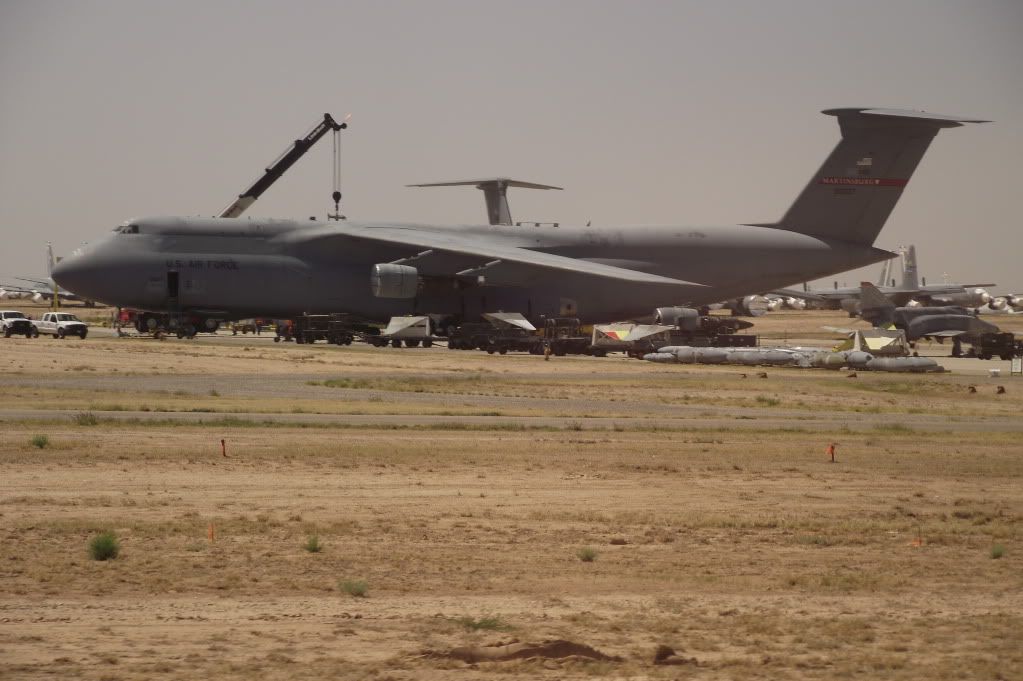
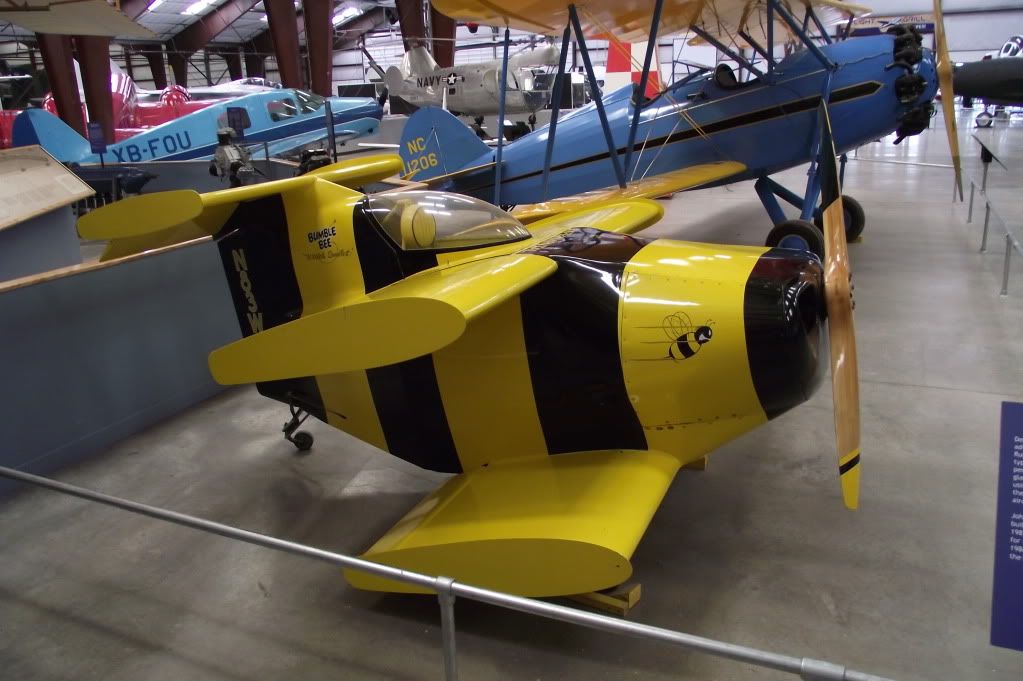
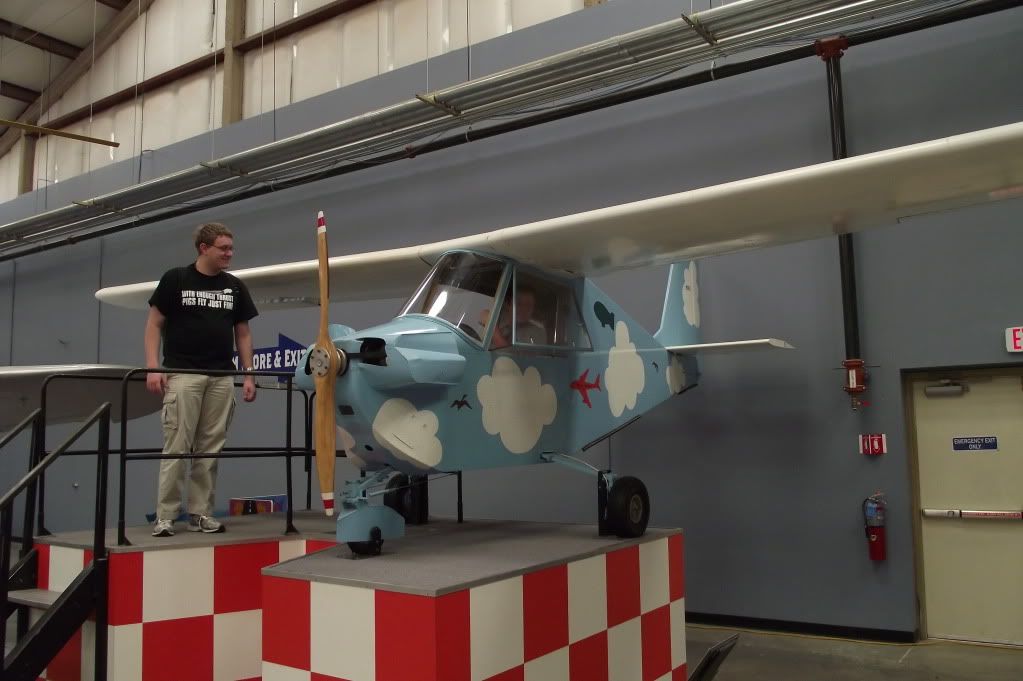
No comments:
Post a Comment